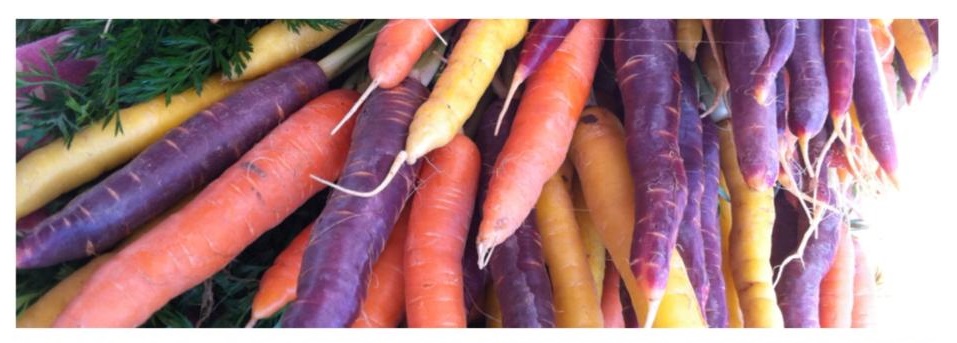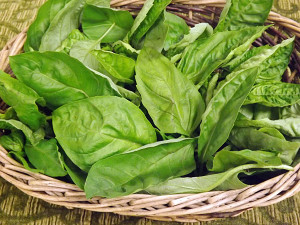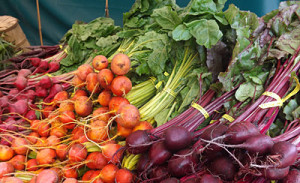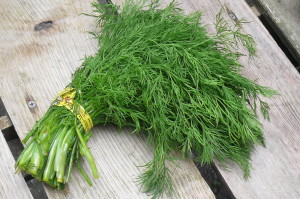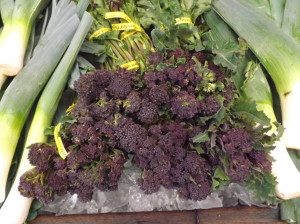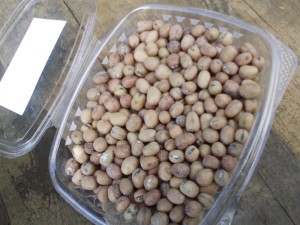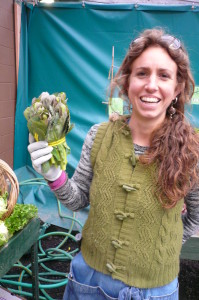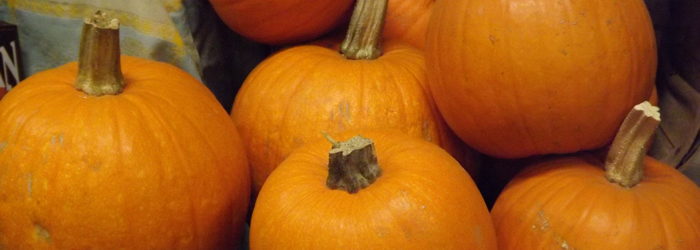 Sugar pie pumpkins can be roasted in the oven, and the cooked flesh used in cookies, muffins, pies or biscuits. One easy winter squash or pumpkin roasting technique is to just wash the squash thoroughly, knock off the stem (or not!), and stick the whole thing in the oven. Putting it on a roasting dish or pan is a good idea too, as juices can escape while it’s cooking. Depending on its size, the entire pumpkin will cook in about an hour; you’ll know it’s done when its easily pierced with a fork.
Sugar pie pumpkins can be roasted in the oven, and the cooked flesh used in cookies, muffins, pies or biscuits. One easy winter squash or pumpkin roasting technique is to just wash the squash thoroughly, knock off the stem (or not!), and stick the whole thing in the oven. Putting it on a roasting dish or pan is a good idea too, as juices can escape while it’s cooking. Depending on its size, the entire pumpkin will cook in about an hour; you’ll know it’s done when its easily pierced with a fork.
Remove the cooked squash, halve it, and when cooled, remove the seeds and mash by hand or transfer to a blender or food processor to make a puree. The skins are edible, so be sure to blend those up too! Pumpkin puree also freezes well.
Have you tried this recipe? Tell us how it turned out!

